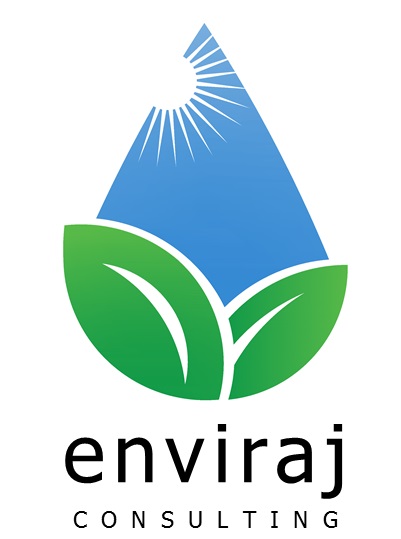Enviraj Consulting
In Situ Thermal Treatment
| In Situ Thermal Treatment | |
|---|---|
| Overview | In situ thermal treatment methods move or “mobilize” harmful chemicals in soil and groundwater using heat. The chemicals move through soil and groundwater toward wells where they are collected and piped to the ground surface to be treated using other cleanup methods. Thermal treatment is described as “in situ” because the heat is applied underground directly to the contaminated area. |
| How Does it Work | In situ thermal treatment methods heat contaminated soil, and sometimes nearby groundwater, to very high temperatures. The heat vaporizes (evaporates) the chemicals and water changing them into gases. These gases, also referred to as “vapors,” can move more easily through soil. The heating process can make it easier to remove NAPLs from both soil and groundwater. High temperatures also can destroy some chemicals in the area being heated. The chemical and water vapors are pulled to collection wells and brought to the ground surface by applying a vacuum. The vapors are then treated above ground using one of several cleanup methods available.
In situ thermal methods generate heat in different ways: |
| Pollutants Removed | NAPLs |
| Area of Application | Soil and Groundwater Remediation |
| Environmental Footprint | Unknown |
| Area Footprint | Unknown |
| Treatment Time | few months to a few years, Morderate |
| Treatment Capacity | 5 tons/day, Morderate |
| Treatment Cost | Unknown |
| Data Sources: | https://clu-in.org/download/Citizens/a_citizens_guide_to_in_situ_thermal_treatment.pdf |
